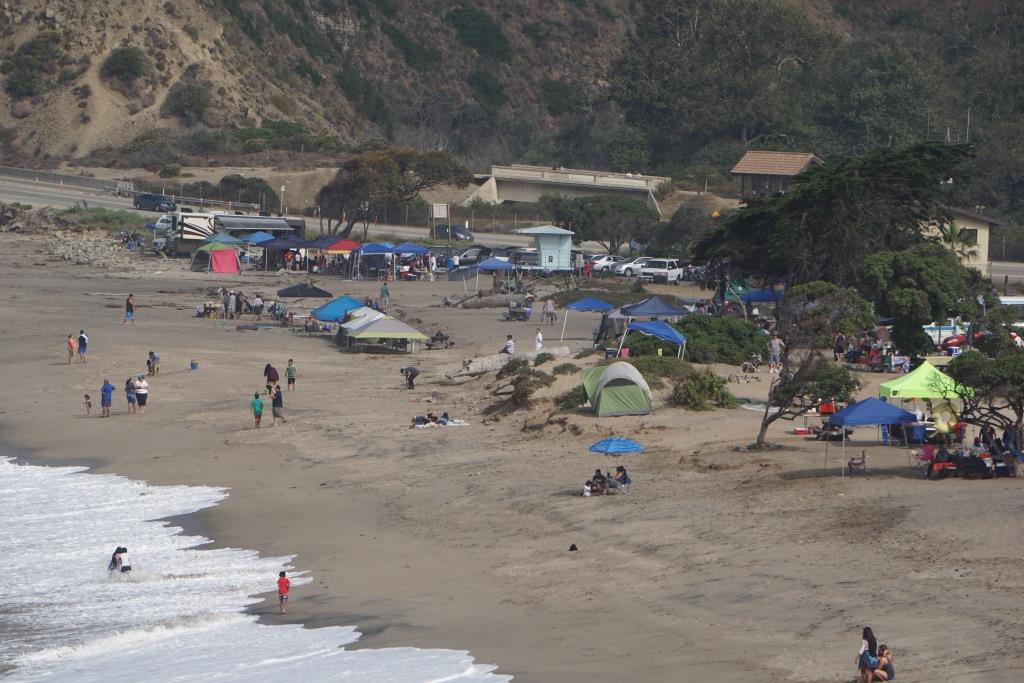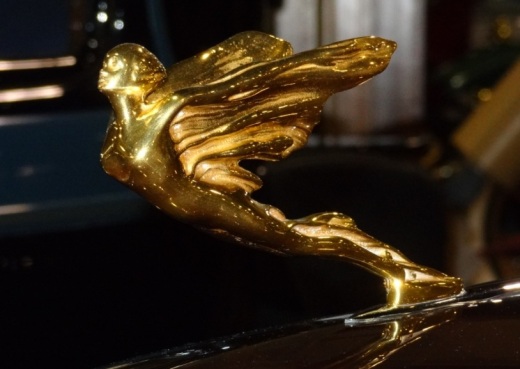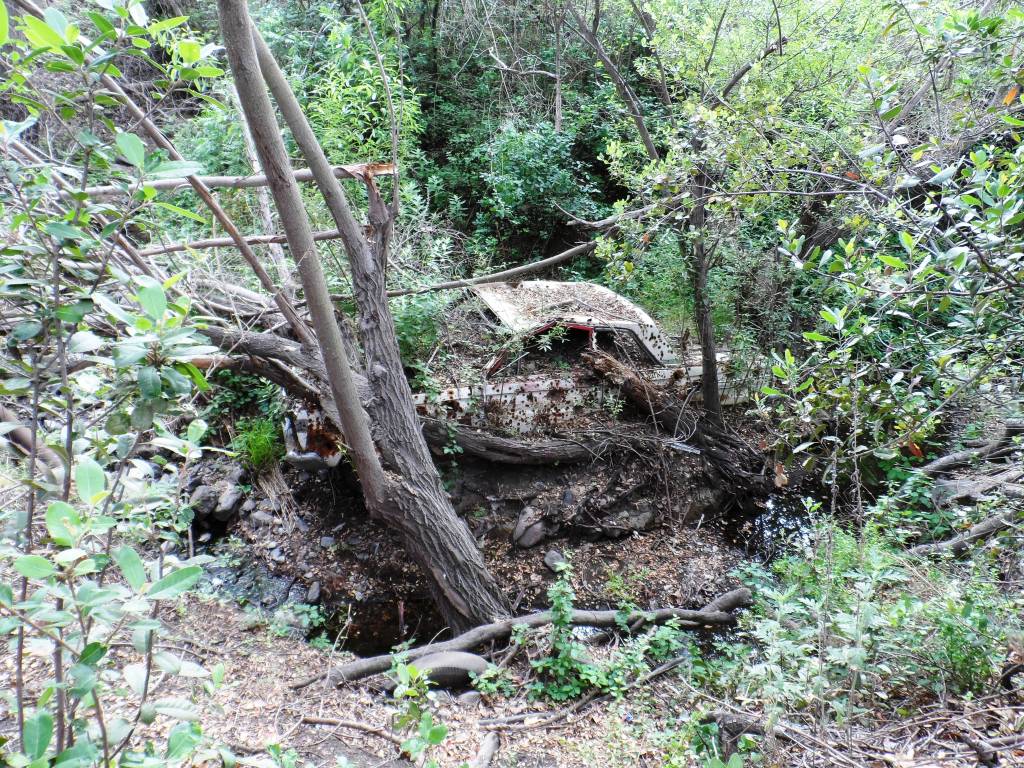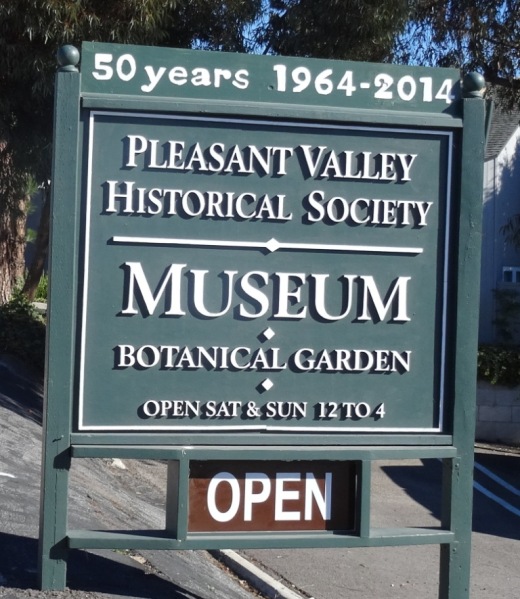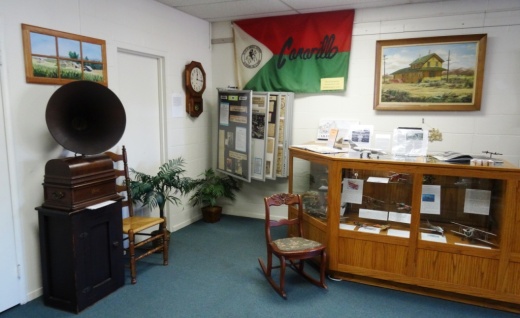Named after Ventura Mayor from 1969 to 1973, Albert R. Albinger, the museum is built on the home site of saloonkeeper and early mayor Angel Escondon and displays artifacts spanning 3,500 years of Ventura history, encompassing five different cultures (Chumash, Spanish, Mexican, Chinese and circa 1850 U.S.) from a single archaeological site next to the San Buenaventura Mission.
In 1973 the buildings which stood at the museum's location were demolished as part of the Mission Plaza Urban Redevelopment Project. Archaeological testing suggested the existence of rich cultural remains beneath the soil. The Redevelopment Agency of the City of San Buenaventura authorized intensive archaeological investigations and during the summers of 1974 and 1975 archaeological excavations uncovered more than 30,000 artifacts. Each artifact was carefully cleaned, numbered, cataloged and studied. In order to protect and preserve this part of the City’s heritage, the property was withdrawn from the redevelopment project. In 1975 it was placed on the National Register of Historic Places as the Ventura Mission Historic District. In January 1980 the City of San Buenaventura opened the Albinger Archaeological Museum.
Displays of stone bowls, a tomol (plank canoe reproduction), shell beads, arrowheads, bone whistles, crucifixes, bottles, buttons and pottery inside the exhibit building are complemented outside by excavations of the foundations of the lost Mission church, Native American barracks, well and the oldest standing structure in Ventura, the mission water filtration building.
More information at www.cityofventura.net/albinger.





